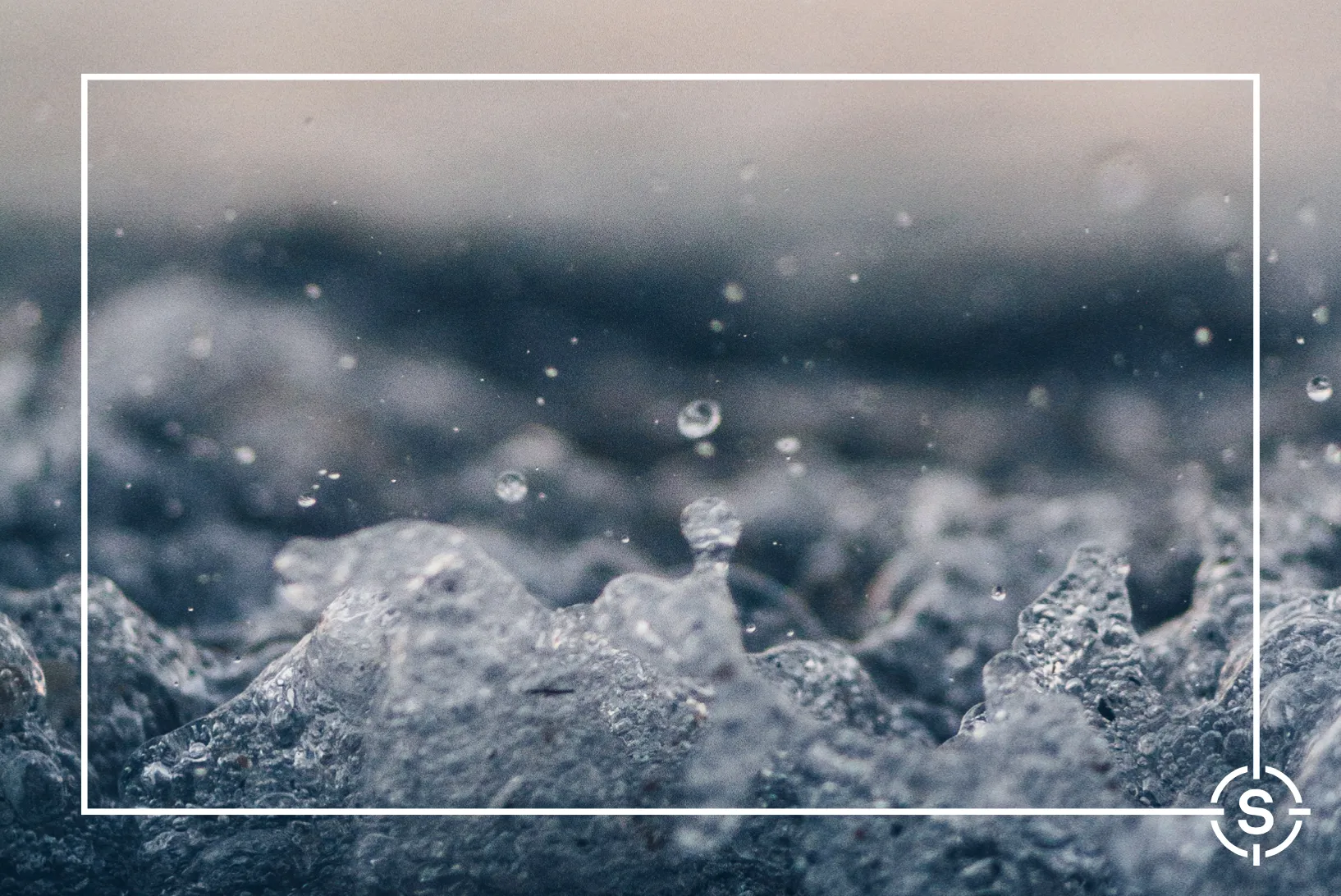Water Safety
Ngā Aratohu Haumaru Wai
Last modified on
July 18, 2024
x min read time

What you need to know
Water safety
New Zealand has one of the highest fatal drowning rates in the OCED and New Zealand waters are unpredictable; if filming on, in or around water the production must take into consideration water safety for people and animals.
ScreenSafe suggests all productions are familiar with Water Safety New Zealand and AdventureSmart. Water can include the ocean, rivers, streams, lakes and pools.
Ensuring safety
Productions should ensure:
- competent guides are used where appropriate, especially in extreme conditions;
- qualified life-saving personnel are present for the duration of the production activity;
- equipment (such as safety boats, lifejackets and scuba diving equipment) is maintained and tested;
- all divers working on production have the relevant certificate of competence for the work they are undertaking and current medical clearance;
- WorkSafe’s guidelines are followed for all diving related to a production;
- actors required to dive have appropriate training, this could be a resort/discovery course (at a minimum) or a full Open Water course or higher:
- ~ if they only have done a resort / discovery course, they must have a safety diver, who holds a certificate of competence; if they
hold a higher level of training, the number of safety divers is determined as part of the risk assessment approved by the diver supervisor; - people understand the risk of hypothermia, how to identify it and what to do;
- two-way communication is available;
- anyone expected to swim is competent to do so;
- life jackets are used where practicable;
- water is checked for hazards, including depth, currents and rips, tides, waves, objects and dangerous marine life;
- weather forecasts are checked, especially when working around, in or on rivers as water levels can rise rapidly;
- people or animals are not fatigued when required to work in, on or around water;
- if people or animals are required to enter the water, quality tests should be undertaken to ensure the water is free of contaminants;
- if people or animals are required to enter the water, water temperature and length of exposure should be considered;
- have an emergency plan in place;
- only competent people, who understand maritime rules, drive vessels;
- if working at a beach, crew know how to identify a rip and what to do if stuck in one;
- if crossing rivers, this is done so safely and sensibly;
- if animals are used, trainers should be adequately instructed in water safety precautions; it is recommended that trainers be acquainted with the hazards and procedures for working safely around water and that any animals working on, in or at the water’s edge are comfortable doing so prior to the production.
Navigation and safety rules
Be aware navigation and safety rules can vary from region to region in New Zealand, in the form of regional bylaws; ScreenSafe recommends that productions take the time to get acquainted with the rules relevant to that region.
References
https://www.watersafetynz.org
https://www.adventuresmart.nz

